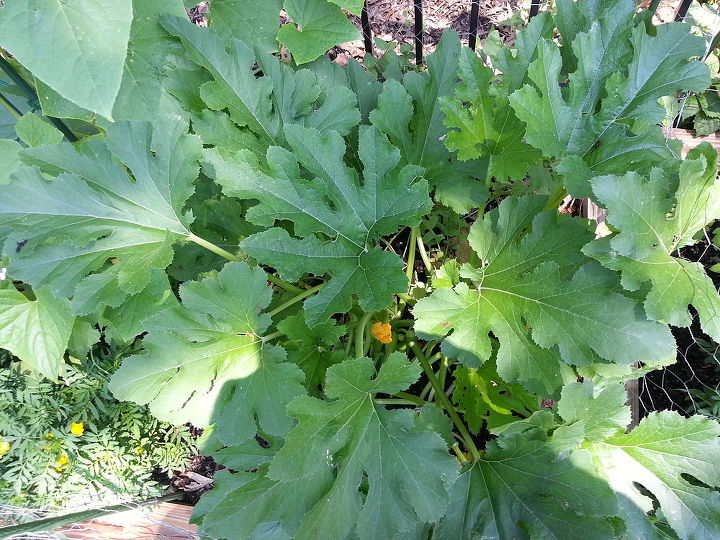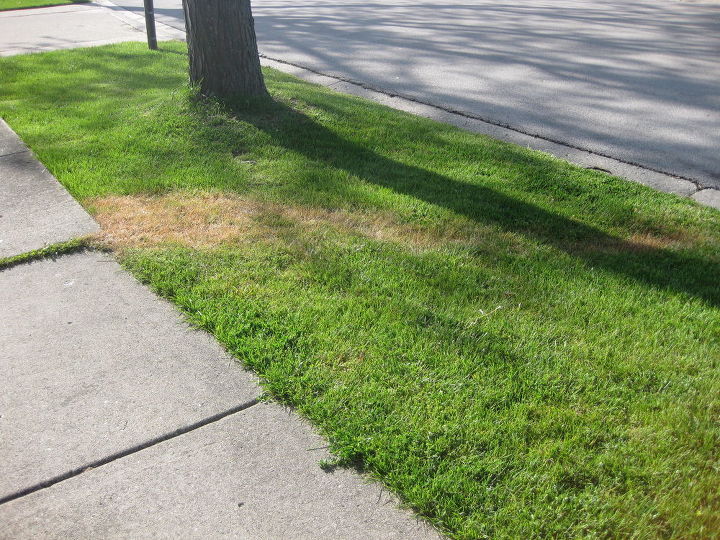What can you feed Italian Cypress trees that are turning brown ?

Related Discussions
GNATS - How to get rid of them?
Somehow my house and garden got tiny gnats that killed my fuchsia plant and fly everywhere. I have tried ALL the Web recommendations - soap and oil dishes, sand in th... See more
Marigolds growing! Should I pinch the buds?
My marigold plants are growing. I heard that pinching the buds until Autumn will allow them to grow without killing the plant. Is this true?
Growing garlic
Growing our first garlic, should we wait until the leaves are drying out before we pick it? Husband picked first one today along with our first potatoes.
How to keep mice out of your garden?
Hi everyone, I have mice in my garden destroying my vegetables and I have also noticed them in the barn and shed. Please can someone tell me how to prevent them from ... See more
What's the best flower/plant to grow in Texas?
I know that opinions vary, but what's your opinion?!I have great luck w Rosemary plants. Green all year long.
Squash Plants Large and Healthy and no Squash Growing?
2nd Season in a ROW! Squash plants growing large and healthy leaves and the stems near the roots are looking healthy and turning dark green, getting flowers that grow... See more
Trail of dead grass mystery?
Trail of dead grass appeared two weeks ago that starts in neighbor's yard and goes to the sidewalk, then continues past the sidewalk in a line into the grass into my ... See more





That is normal, make sure you clean them out at least spring and fall to get the dead stuff out. Otherwise, even green, they can be a huge fire hazard.
You don't state your location, but you should check to see if your trees have bark beetles. The southern pine beetle will decimate your trees in no time. Google 'how to check for pine beetles', there are plenty of sites that can help you determine if this is your problem and what to do if it is.
These trees are succeptible to root rot. Too much water will turn them brown and since you mention it's at the bottom, might be worth considering? They like to dry out between watering. Best of luck!!
Sounds like they are dying. Brown will eventually spread upwards.
Usually any plant or tree in the conifer family, which the Italian Cypress is, that is turning brown is because it has red spider mite. I'm guessing you are in an arid area which doesn't help but you can greatly slow it down and hopefully stop it from continuing to damage more of yours and of any neighbors. Difficult to see but they are there. I live in a very arid part of the US and I have had this problem and have seen this go rampant.
You may notice that in your area other conifers are turning brown also. Conifers are pine trees, junipers and many others, look them up. Red spider mite go from tree to tree, plant to plant killing them off one at some point.
The first thing to do is to get a power nozzle for your water hose. These nozzles are about 2 inches, are made of brass (the good one's are of brass and it seems to me they are just a few dollars at H.D. and Lowes) and just have one hole. Use this to knock off and drown the pests. Really get into the tree to get inside it and while your at it knock out all the dead stuff. Red spider mite hate moisture, that's why you really don't see this problem in high moisture areas, but it does happen.
It is good to use the power nozzle a few times a year, especially in the hot, dry times of the year.
If the brown is from Red spider mite it is dead and these brown areas will stay brown and I have never seen new growth in these areas of the plant.
I believe there are sprays (poisons) for Red spider mite but I say why use poison when water will do the job.
Cut out the affected ares and discard in tied off plastic. Keep the ground underneath raked and in a bag too. Unfortunately this area (the part of the plant) will never look pretty again, so you may want to consider replacing the whole plant. Or it may be that you choose to 'top' the tree just below the affected area, it will grow from there as long as you remove all the brown and just below that. You have to be in the 'green' area of the plant in order for it to regrow nicely. It more than likely wont get to the height of the original plant.
I mentioned earlier about probably seeing this same problem around town and neighborhoods and that's the part where it goes from plant to plant. When I moved to the town I'm in now I saw a row of five pine trees, the first one was about 1/3 brown, later the brown covered more of the same tree and the one next to it was showing signs of the 'brown death' (my term), within seven years all five trees had to be cut down. What a waste of five beautiful trees. I wrote to them when I saw the second tree was definitely stressed and explained what was happening and how they could save at least three of the trees. I gave them my phone number but they never called. Every time I drove by I saw this getting worse and worse. Maybe not because of them, but, now other conifers on the same street are on their way to death.
Well I know I said a lot, hopefully you actually read it so that you can try to save your trees with something so simple as water and a power nozzle.